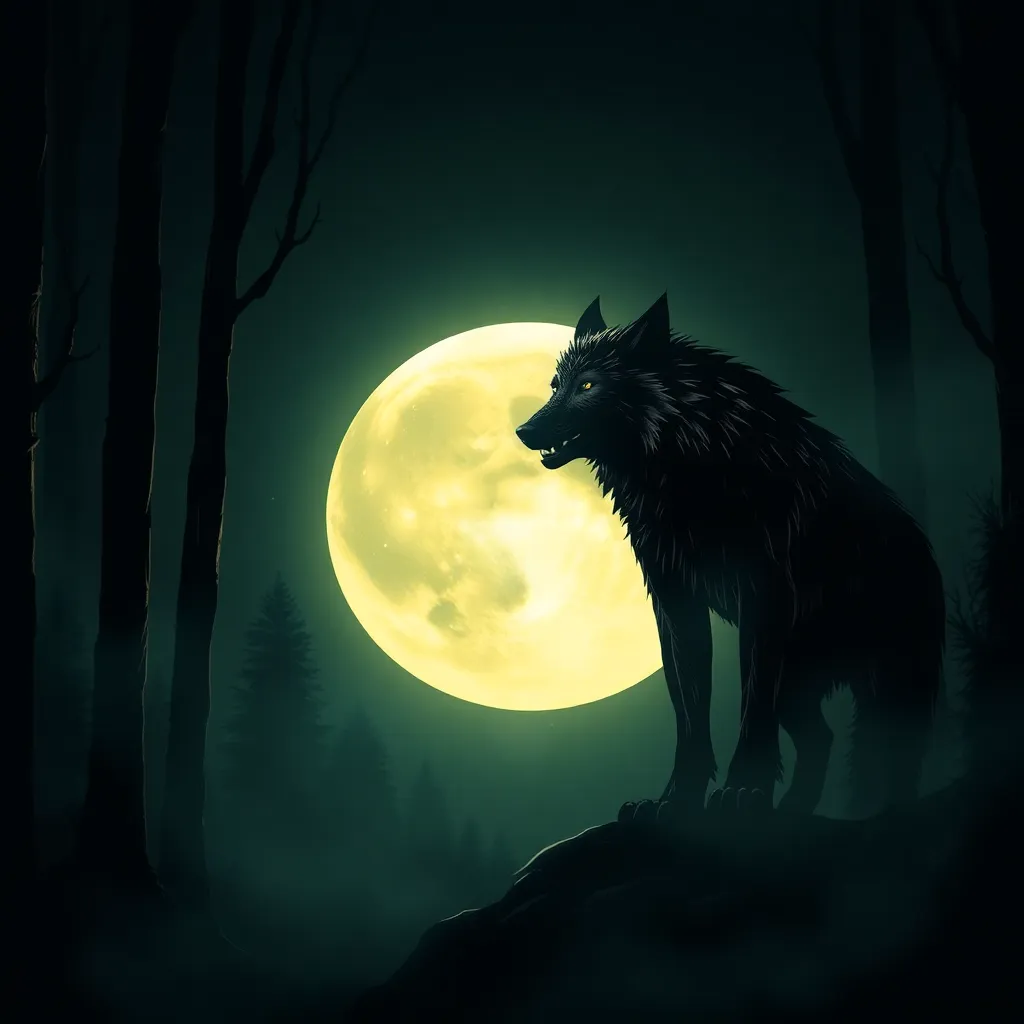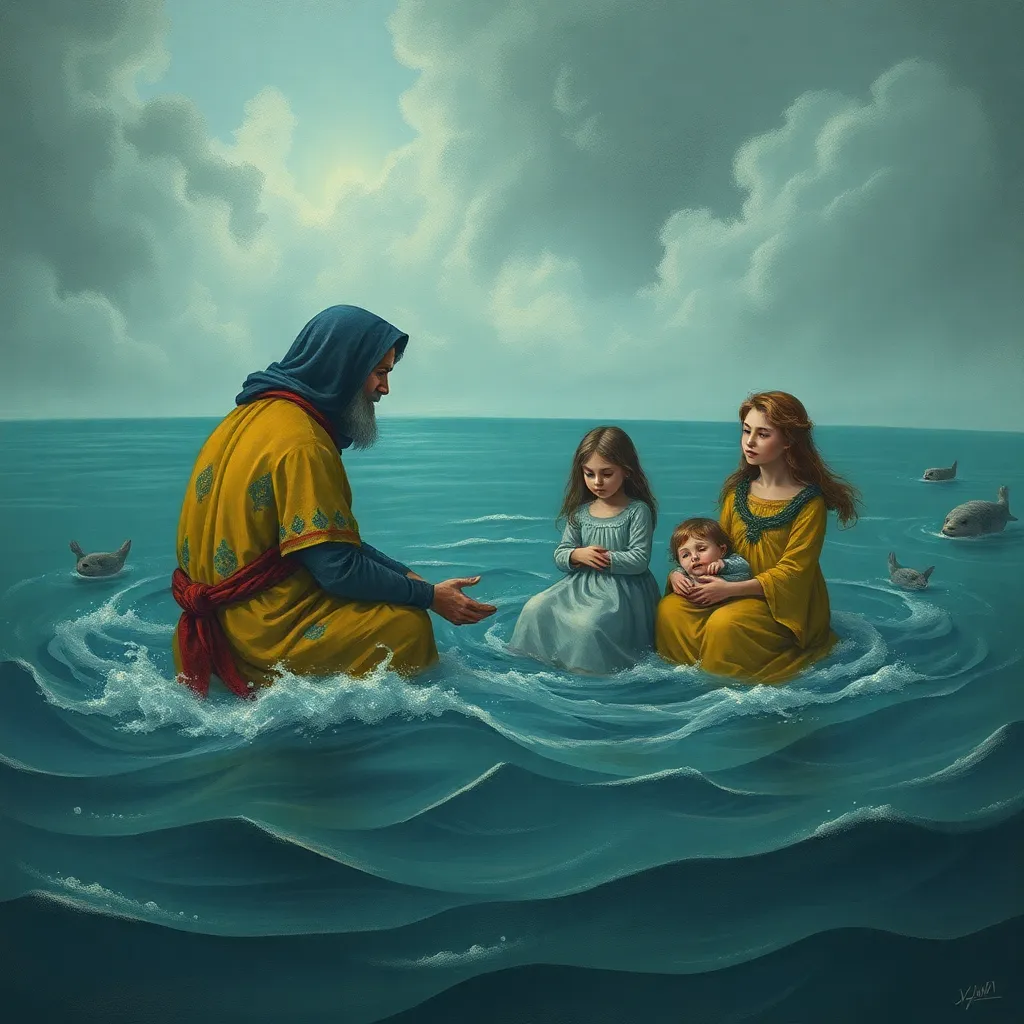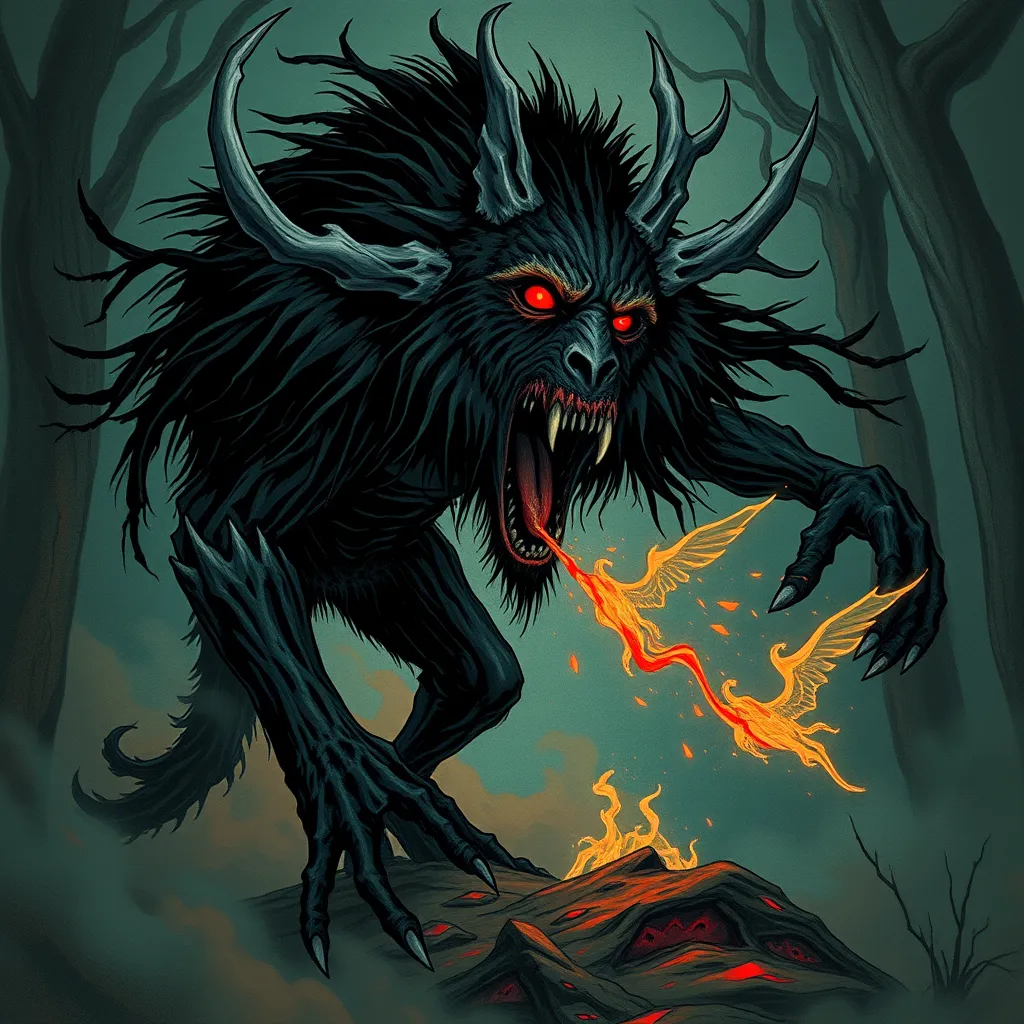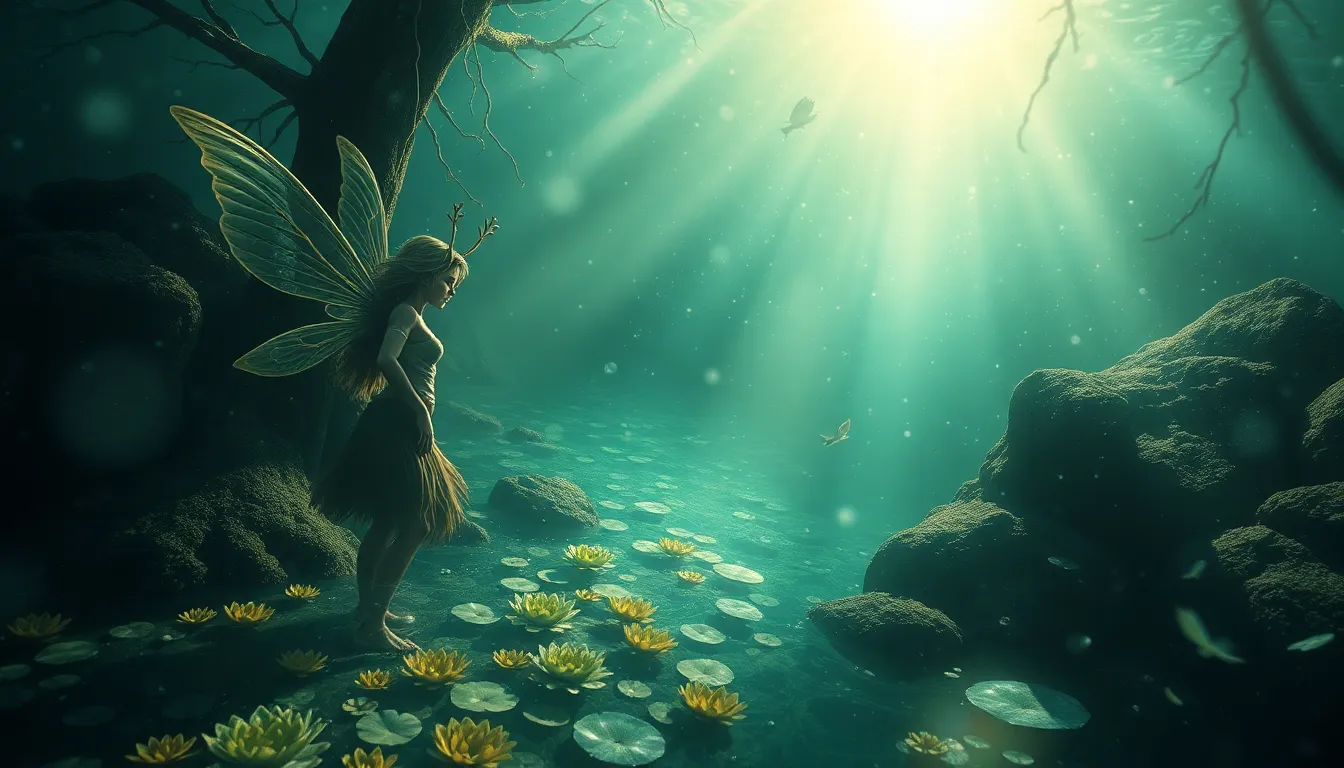The Werewolf’s Voice: Exploring the Role of the Werewolf as a Symbol of the Wildness, Instinct, and the Primitive
I. Introduction
The werewolf, a creature of both legend and modern popular culture, embodies a complex blend of humanity and primal savagery. From ancient folklore to contemporary film, the werewolf mythos has captivated imaginations, serving as a potent reminder of the wildness that lurks within us all. This article explores the werewolf’s symbolic role as a representation of untamed nature, instinctual behavior, and humanity’s primal roots.
II. Historical Context of Werewolf Mythology
The origins of werewolf tales are ancient and diverse, spanning numerous cultures and civilizations. Historical accounts suggest that fear of transformation and the unknown fueled these legends. Key points include:
- In ancient Greece, the legend of Lycaon, who was turned into a wolf by Zeus, illustrates early connections between humans and beasts.
- In Norse mythology, the tale of the berserkers showcases warriors who donned wolf skins and fought with animalistic ferocity.
- Throughout the Middle Ages, werewolf trials became common, paralleling witch hunts and reflecting societal fears of the ‘other’.
As these myths evolved, the werewolf transitioned from a folkloric figure to a symbol of broader themes, including the struggle between civilization and nature.
III. The Duality of Human and Beast
The metaphor of the werewolf serves as a poignant exploration of the human psyche. It encapsulates the duality inherent in humanity—the struggle between our civilized selves and our primal instincts. This duality manifests in several ways:
- The werewolf’s transformation can symbolize the latent aggression and wildness within people that society often suppresses.
- As characters grapple with their werewolf identities, they reflect the internal conflict between adhering to societal norms and embracing their true selves.
This dual nature raises questions about the essence of humanity: Are we inherently civilized, or do we possess an inherent wildness waiting to be unleashed?
IV. Symbolism of Wildness in Werewolf Legends
The werewolf is a powerful symbol of nature’s untamed aspects. It evokes themes of wilderness and the instinctual aspects of life that are often overlooked in modern society. Key themes include:
- The werewolf’s connection to the moon, which signifies the cyclical and uncontrollable forces of nature.
- Werewolves often embody themes of transformation, paralleling the natural world’s cycles of life and death.
- They serve as a reminder of humanity’s origins—rooted in the wild, instinctual world from which we all emerged.
V. Instinct vs. Reason: The Werewolf’s Voice
In the narrative of the werewolf, instinct plays a critical role. The transformation into a werewolf often symbolizes a surrender to primal urges—an embrace of the wildness within. This struggle between instinct and reason can be seen in various ways:
- Characters often face moral dilemmas, torn between their human values and their animalistic desires.
- The narrative frequently explores the consequences of succumbing to these urges, highlighting the chaos that can ensue.
The implications of surrendering to primal instincts can serve as a cautionary tale about the loss of control and the dangers of ignoring our base nature.
VI. The Werewolf in Literature and Film
The werewolf has made significant appearances in both literature and film, shaping cultural perceptions of this mythical creature. Notable works include:
- The Werewolf of Paris by Guy Endore: A seminal work that explores the intersection of werewolf mythology with the human condition during tumultuous times.
- Never Cry Wolf by Farley Mowat: A blend of personal narrative and wildlife observation that challenges perceptions of wolves and wildness.
- Films like An American Werewolf in London and The Howling: These cinematic interpretations have shaped the modern werewolf archetype, often emphasizing the horror of transformation.
These portrayals have influenced societal views of nature, instinct, and the balance between civilization and the wild.
VII. The Werewolf as a Reflection of Societal Fears
Werewolf myths often embody cultural anxieties about the loss of control. This can reflect broader societal fears, including:
- The fear of losing one’s identity in a rapidly changing world.
- Anxiety about the consequences of repression and the potential for rebellion against societal norms.
- The werewolf can symbolize the darker aspects of humanity, representing what happens when civilization’s constraints are lifted.
Through its portrayal of transformation and the struggle for control, the werewolf narrative serves as a mirror to societal tensions and fears.
VIII. Conclusion
In summary, the werewolf serves as a multifaceted symbol of wildness, instinct, and humanity’s connection to the primal world. Its historical roots, duality of nature, and representation of societal fears highlight its enduring significance. As we navigate an increasingly complex modern landscape, the werewolf remains a potent reminder of the wildness that resides within us all, urging us to confront our instincts and the untamed aspects of nature that we often overlook. The relevance of the werewolf in contemporary culture challenges us to reflect on our own humanity and the balance we must maintain between civilization and the wild.



